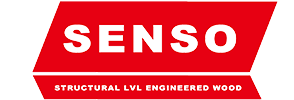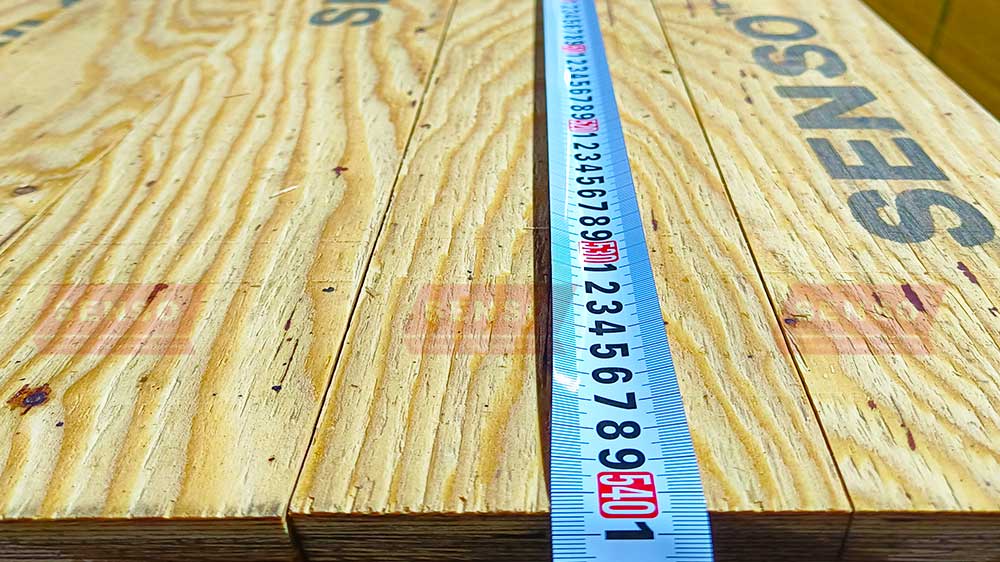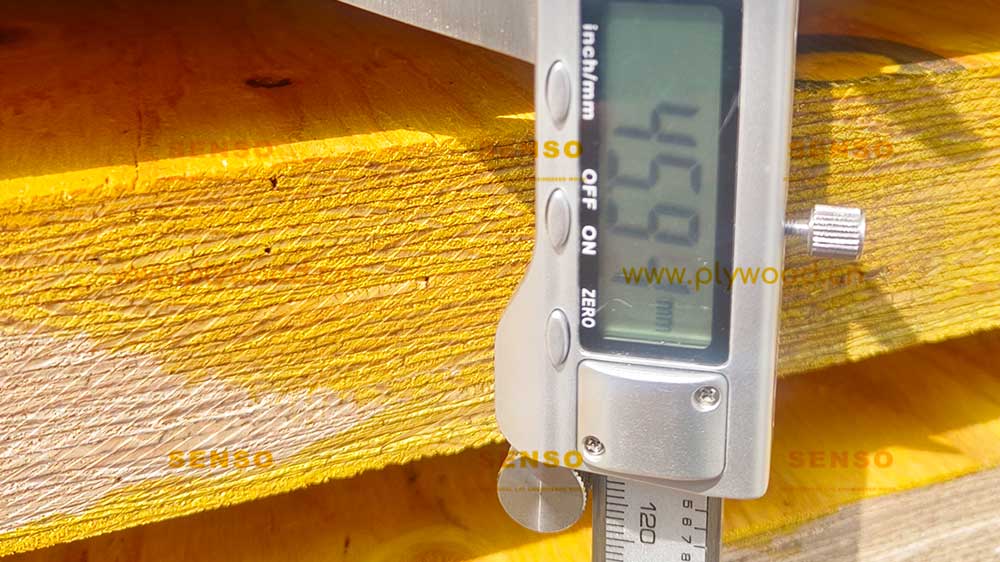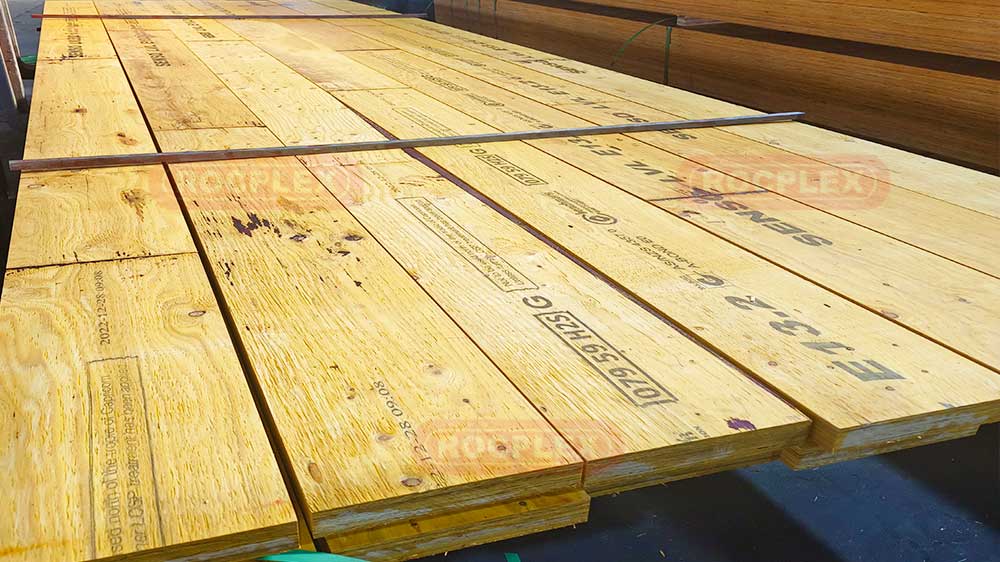What is LVL Beams Cost?
The term “LVL beams cost” refers to the price of laminated veneer lumber (LVL) beams. These are engineered wood products used widely in construction. LVL beams are particularly useful for timber framing and load-bearing applications. They are made by bonding thin layers of wood veneers with adhesive. This process results in a strong, stable, and durable beam. LVL beams can carry heavy loads and resist warping or splitting. The cost of LVL beams can vary based on several factors. These factors include the beam’s size, material quality, and intended use in construction.
LVL beams are an increasingly popular alternative to traditional solid wood beams due to their superior strength and consistency. They are often used in framing large structures, such as homes, commercial buildings, and bridges, where reliability and load-bearing capacity are critical. The cost of LVL beams is influenced by the beam dimensions, with thicker and longer beams typically costing more. Additionally, the price can be affected by regional availability and the overall demand for lumber products.
In recent years, LVL beams have gained popularity in modern construction. They are valued for their ability to span long distances without needing intermediate supports. This makes them ideal for open floor plans or large commercial spaces. The overall cost of LVL beams remains competitive compared to steel or concrete options. They provide an affordable and efficient solution for structural framing.
Factors Influencing LVL Beams Cost
Size and Dimensions
One of the primary factors that influence the cost of LVL beams is the size and dimensions of the beam. The width, depth, and length of the beam play a significant role in determining the final price. Thicker beams with larger dimensions are typically more expensive because they require more material to produce. Additionally, longer beams that span greater distances without support tend to cost more due to their increased load-bearing capabilities.
When calculating the total cost of LVL beams for a project, consider the specific dimensions needed for each application. Custom-sized LVL beams may be required for certain structural needs. These custom sizes often come at a higher price than standard sizes. Standard sizes are typically more readily available in the market and more affordable.
Material Quality and Type
The quality of the wood veneers used in the manufacturing of LVL beams also affects the price. Higher-quality materials result in stronger, more durable beams, which are often priced higher than lower-grade materials. The adhesive used to bond the veneers also impacts the overall cost, as more advanced or moisture-resistant adhesives may increase production costs.
LVL beams can be made from various wood species, including Douglas fir, spruce, and pine. Each wood type offers different strengths or resistance to environmental factors. These qualities can affect both the beam’s performance and cost. Timber framing projects needing specific wood types may see price fluctuations. Availability and demand for certain wood species also influence pricing.
Load-Bearing Capacity
The load-bearing capacity of LVL beams is another key factor that affects pricing. Beams designed for heavy loads, such as those used in commercial construction or large residential buildings, must meet higher strength standards. These high-performance beams are typically more expensive than those used for lighter applications.
It’s important to consider the load requirements of your project when determining LVL beams cost, as underestimating the load-bearing capacity could lead to structural issues down the line. Investing in the right beam strength is crucial for the longevity and safety of the structure.
Regional Availability and Shipping Costs
The cost of LVL beams can also vary depending on the region in which they are purchased. In areas with abundant timber and local production facilities, LVL beams may cost less. Lower transportation expenses and efficient supply chains help reduce costs. In contrast, regions with limited timber resources often see higher prices. This is due to the added expense of long-distance shipping for the beams.
For larger construction projects that require a significant number of LVL beams, shipping costs can add up quickly. It’s important to factor in the delivery costs when budgeting for the total LVL beams cost. Many suppliers offer discounts for bulk orders, which can help offset the shipping expenses.
Comparing LVL Beams to Traditional Wood Beams
Strength and Stability
One of the main advantages of LVL beams over traditional wood beams is their superior strength and stability. LVL beams are engineered to resist warping, splitting, and shrinking, which are common issues with solid wood beams. This makes LVL beams an excellent choice for projects where long spans are required without intermediate supports.
The uniformity of LVL beams also contributes to their strength. Since they are made from layers of veneer, they have a more consistent grain pattern than solid wood beams, reducing the likelihood of weak points. This consistency ensures that LVL beams can carry heavier loads and maintain their structural integrity over time.
Cost Efficiency
LVL beams may cost more upfront than traditional wood beams. However, they offer better long-term value. Their durability reduces the need for frequent maintenance. Solid wood beams are more vulnerable to moisture damage and warping. They are also prone to pest infestations, which can require costly repairs. Over time, these issues can lead to expensive replacements. In contrast, LVL beams are designed to withstand these challenges, providing a more cost-efficient solution for long-term projects.
LVL beam are stronger than solid wood beams. As a result, fewer beams may be needed to support the same load. This strength can reduce material costs in large construction projects. In many cases, LVL beams are a more economical choice.
Environmental Impact
Another important consideration when comparing LVL beams to traditional wood beams is the environmental impact. LVL beams are made from smaller, fast-growing trees, which makes them a more sustainable option compared to solid wood beams that require larger, older trees. The manufacturing process for LVL beams is also more efficient, as it uses nearly 100% of the wood, reducing waste.
As environmental concerns continue to grow in the construction industry, many builders are opting for LVL beams as a more eco-friendly alternative to traditional timber framing materials. This trend is likely to influence LVL beams cost as demand for sustainable building materials increases.
Applications of LVL Beams in Modern Construction
Residential Construction
In residential construction, LVL beams are commonly used in floor joists, roof rafters, and headers. Their ability to span long distances without the need for intermediate supports makes them ideal for creating open floor plans in modern homes. Homebuilders often choose LVL beams for their strength and durability, ensuring that the structure can withstand the test of time.
LVL beams are also used in load-bearing walls, where they provide the necessary support for the roof and upper floors. Because they are resistant to warping and splitting, LVL beams offer a more reliable solution than traditional wood beams, particularly in areas prone to high humidity or extreme weather conditions.
Commercial Buildings
In commercial construction, LVL beams are valued for their ability to support heavy loads in large structures. They are commonly used in office buildings, warehouses, and retail spaces where long spans and high ceilings are required. The strength of LVL beams makes them an ideal choice for supporting the weight of heavy equipment, shelving, and other commercial infrastructure.
Additionally, LVL beams are often used in the construction of bridges and other large-scale infrastructure projects. Their load-bearing capacity and resistance to environmental factors make them a reliable option for structures that require long-lasting support.
Timber Framing and Custom Projects
Timber framing is another area where LVL beams are frequently used. In custom home construction, LVL beams provide essential strength for supporting the framework. They also maintain the aesthetic appeal of wood. LVL beams can be stained or painted to match the structure’s design. This versatility makes them suitable for both functional and decorative purposes. They are an ideal choice for timber frame projects.
Timber framing often requires beams that can span long distances without sagging. LVL beams are well-suited for this purpose. They have the ability to maintain their shape over time. This makes them a popular choice for custom homes. They are also widely used in barns and other timber frame structures.
Trends in LVL Beams Cost and Availability
Increased Demand for Sustainable Materials
As the demand for sustainable building materials rises, LVL timber beams have gained popularity. They are an ideal choice for environmentally conscious builders. The production of LVL timber beams uses smaller, fast-growing trees. This approach helps reduce the environmental impact of construction. Additionally, the efficient manufacturing process minimizes waste.
This trend is expected to continue as more builders prioritize sustainability in their projects. The growing demand for LVL beams may influence their cost, particularly as more regions adopt green building practices and regulations that favor sustainable materials.
Advancements in Manufacturing Technology
Advancements in manufacturing technology have also contributed to the increasing popularity of LVL beams. New production techniques have made it possible to create even stronger, more durable beams at a lower cost. These advancements have helped to make LVL beams more accessible to a wider range of construction projects, from residential homes to large commercial buildings.
As manufacturing processes improve, LVL beams cost will likely become more competitive. They may soon rival traditional wood beams and other building materials in price. Builders can expect to see more options for LVL beams in the future. These options will include variations in size, strength, and customization. This will allow for greater flexibility in construction projects.
Customization Options for LVL Beams
Another trend in the LVL beams industry is the increasing availability of customization options. Builders can now order LVL beams in various sizes, strengths, and finishes. This range allows them to meet specific project needs with ease. LVL timber beams have become popular in both standard and specialized construction projects. They are ideal for custom homes or commercial spaces with unique design requirements.
Customization options include enhanced moisture resistance or fire-retardant treatments. Builders can also choose specific finishes to match aesthetic goals. This flexibility lets them tailor LVL beams to particular environmental conditions and design preferences. This adaptability has boosted their popularity, especially in cases where traditional wood beams may fall short in performance.
Impact of Global Lumber Prices
As with any wood-based product, the cost of LVL wood beam is influenced by fluctuations in global lumber prices. Recent rises in raw timber costs have raised the price of LVL beams. Manufacturers now face higher production expenses. These price changes are often due to supply chain disruptions. Shifts in demand also contribute to cost fluctuations. Environmental factors further impact the availability of wood resources. Together, these elements affect the final price of LVL beams.
Builders and contractors may need to account for these price variations when planning large construction projects. However, despite these increases, LVL beams often remain more cost-effective than alternative materials like steel or concrete, particularly when considering their strength-to-weight ratio and long-term durability.
Advantages of Using LVL Beams for Timber Framing
Superior Strength-to-Weight Ratio
One of the key benefits of using LVL beams in timber framing is their excellent strength-to-weight ratio. LVL beams are lighter than steel or concrete but offer similar strength. They can support heavy loads while being easier to transport and install. This makes them ideal for projects needing large spans, such as open-plan commercial spaces. Residential homes with high ceilings also benefit from using LVL beams.
The high strength of LVL beams means fewer beams are required to support a structure. This reduction can help lower overall material costs and simplify construction. LVL beams are an efficient choice for timber framing. They are especially useful in projects that need to minimize weight without losing strength.
Stability and Dimensional Accuracy
Unlike solid wood beams, LVL beams resist warping, splitting, or shrinking over time. They are engineered for stability and dimensional accuracy. This quality makes them ideal for timber framing, where precise measurements are crucial. LVL beams ensure the structural integrity of the building by maintaining their shape and size. They remain stable even in environments with changing humidity or temperature. This stability reduces the need for adjustments or repairs after installation.
This level of consistency also allows for easier planning and execution in timber framing projects, as builders can rely on LVL beams to provide uniform support throughout the structure. Whether used in floors, walls, or roofs, LVL beams offer predictable performance that helps streamline the construction process.
Versatility in Design
In addition to their strength and stability, LVL beams offer a high degree of versatility in timber framing. They can be used in a variety of structural applications, from load-bearing walls to roof trusses, and can be customized to match the design aesthetic of the project. LVL beams can be stained, painted, or left with a natural wood finish, allowing them to blend seamlessly with other architectural elements.
This versatility makes LVL beams a popular choice for both traditional and modern timber frame designs. Whether used in a rustic barn or a contemporary home, LVL beams provide the strength and beauty of wood with the added benefit of enhanced performance.
Understanding LVL Beams Cost in Different Markets
Regional Variations in Pricing
The cost of LVL beams can vary significantly depending on the region in which they are purchased. In areas with abundant timber resources and local production facilities, LVL beams tend to be more affordable due to lower transportation costs and the availability of materials. Conversely, in regions where timber is scarce or must be imported, LVL beams cost may be higher due to increased shipping expenses and limited supply.
Builders should consider these regional variations when budgeting for construction projects. In some cases, sourcing LVL beams from a nearby supplier can help reduce costs, while in other regions, it may be necessary to factor in additional expenses for shipping and handling.
Bulk Purchasing and Discounts
For large construction projects, purchasing LVL beams in bulk can help lower the overall cost. Many suppliers offer discounts for bulk orders, particularly for contractors and builders working on large-scale developments. This can be an effective way to manage LVL beams cost, especially for commercial or residential projects that require a significant number of beams.
When planning a project, it’s important to work closely with suppliers to explore bulk pricing options and ensure that the beams are delivered in a timely manner. Bulk purchasing can also help reduce shipping costs, as larger orders may qualify for discounted or consolidated shipping rates.
LVL Beams Cost FAQs
Q: What is the typical LVL beams cost per linear foot?
A: The cost of LVL beams typically ranges from $3 to $12 per linear foot, depending on the beam size, quality, and regional availability. Custom sizes or beams designed for heavy loads may cost more.
Q: Are LVL beams stronger than traditional wood beams?
A: Yes, LVL beams are generally stronger and more stable than traditional wood beams due to their engineered construction. They are designed to resist warping, splitting, and shrinking, making them a more reliable choice for structural applications.
Q: How long do LVL beams last?
A: When properly installed and maintained, LVL beams can last for decades. They are highly durable and resistant to environmental factors like moisture and pests, which contribute to their long lifespan.
Q: Can LVL beams be used outdoors?
A: Yes, LVL beams can be used outdoors if they are treated with moisture-resistant coatings or sealants. However, for long-term outdoor use, it is important to ensure that the beams are adequately protected from the elements.
Q: Are LVL beams environmentally friendly?
A: LVL beams are considered more sustainable than traditional wood beams because they are made from smaller, fast-growing trees, and the manufacturing process minimizes waste. Many LVL beams are also certified by environmental organizations, making them a more eco-friendly choice for construction.
A Strong, Cost-Effective Choice for Modern Construction
LVL beams continue to be a popular choice for builders and contractors due to their superior strength, stability, and cost-efficiency. As demand for sustainable and high-performance building materials grows, LVL beams offer a versatile solution that meets the needs of both residential and commercial construction projects. Whether used in timber framing, load-bearing applications, or custom designs, LVL beams provide long-lasting support at a competitive price.
Post time: Nov-02-2024




